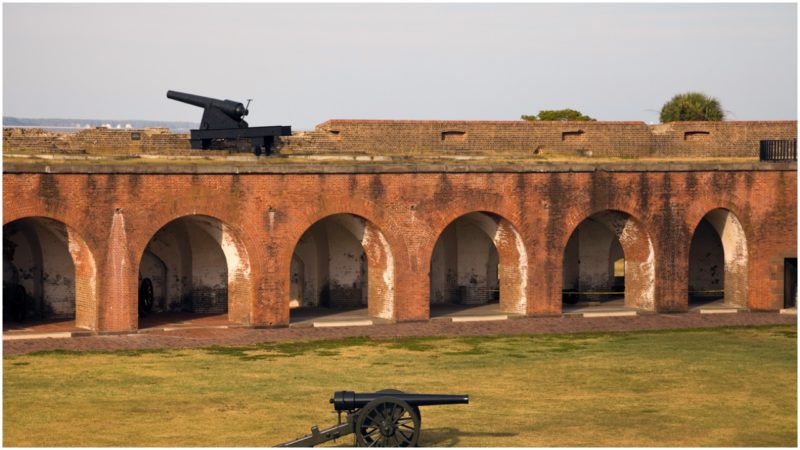This fort was the unfortunate target of the rifled cannon, a magnificent piece of artillery due to its ability to shatter brick structures and effectively render them useless. It all began during the Presidency of James Madison, one of the founding fathers who called for a system of defense fortifications down the coastal line of the United States. Under his command, a series of fortifications were built to keep any overseas foray far from the mainland.
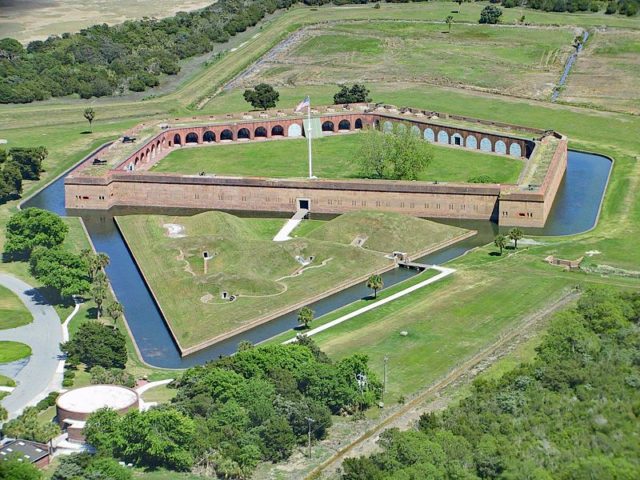
One of these forts was erected to safeguard Savannah’s port. The official work began in 1829 under the guidance of Major General Babcock, who at a later date was replaced by Second Lieutenant Robert E. Lee who at that point was finishing his education at West Point.
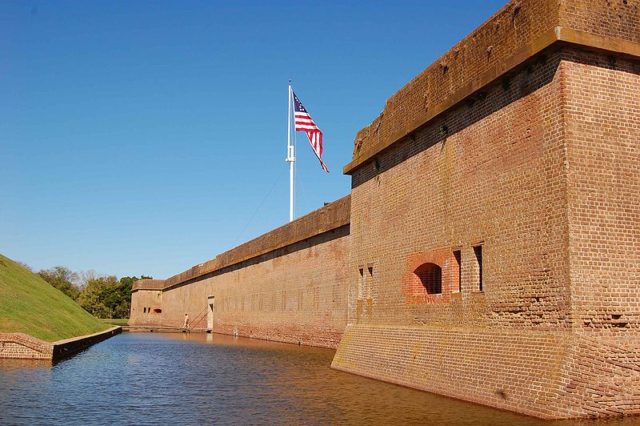
The location they decided to go with was Cockspur Island. In 1847, once wooden supports had been sunk some 20 meters below the ground and 25,000,000 bricks had been used, the fort was finally finished and was named Fort Pulaski, honoring Casimir Pulaski, a soldier of Polish origin and part of the American Revolution. It took eighteen years for this fort to be finalized.
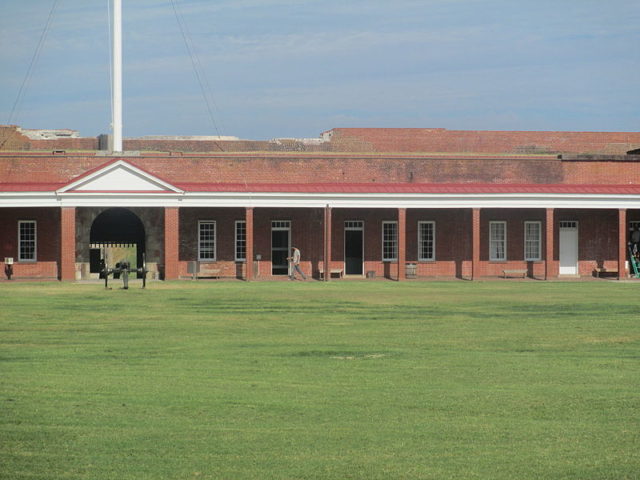
As a fort, this structure belonged to what was known as the Third System, an ambitious project for which $800,000 — around $14 million in today’s money — was appropriated by the Congress. With this system, around 42 forts were built alongside numerous other batteries and towers built for defense.
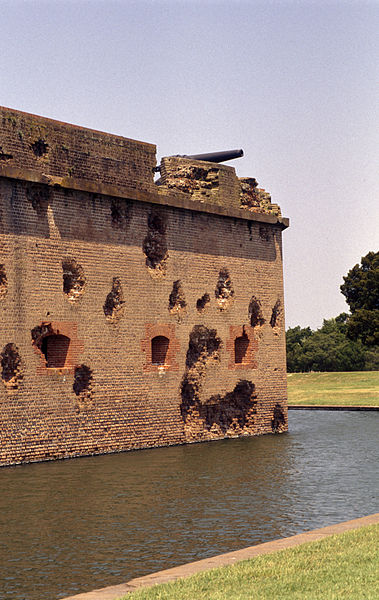
The main difference between these forts and other old ones is that the latter were a lot less durable and also more vulnerable. The forts of the third system were to change this, and a large number of these structures still remain to this day, such as this port and Fort Point in San Francisco.
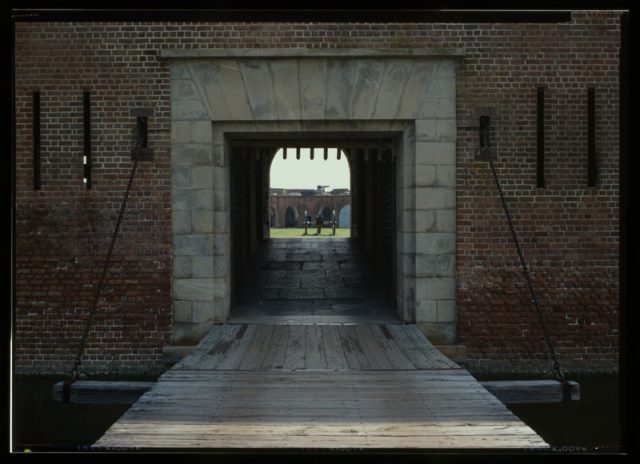
Around $1 million was spent on the construction to achieve the highest quality. It had almost 3½ meter thick walls which were almost impenetrable unless hit by a large enough cannon. The good thing was that the cannons of the time had a range of only 800 or so meters and incidentally there were no such weapons anywhere in this radius which meant that the fort walls were safe, at least for the time being.
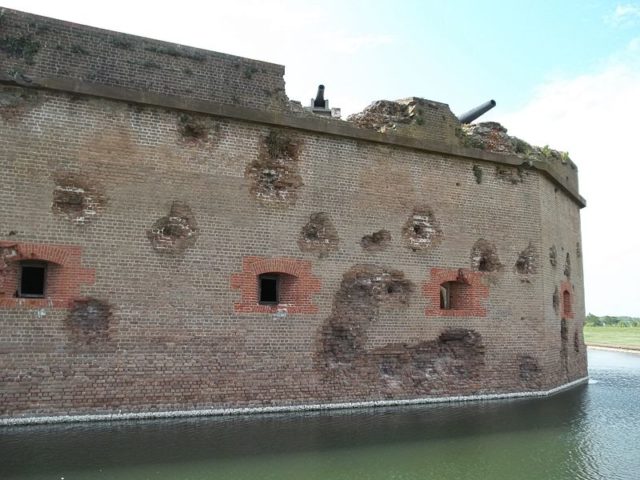
The real action began in 1860 when South Carolina decided to withdraw from the United States, a move that would undoubtedly stimulate the beginnings of the Civil War.
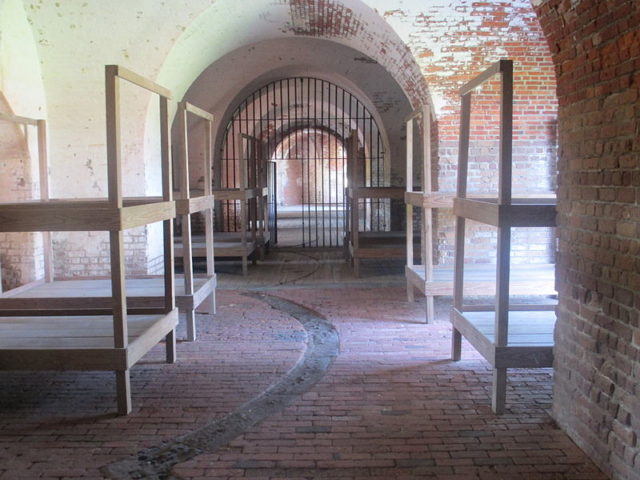
During this period, Joseph E. Brown stood as the governor of Georgia and under his command soldiers set out from Savannah to capture the fort, which they did in 1860. One year later, Georgia became part of the Confederate States of America, and having Fort Pulaski under their control, they moved some of their soldiers to this fort.
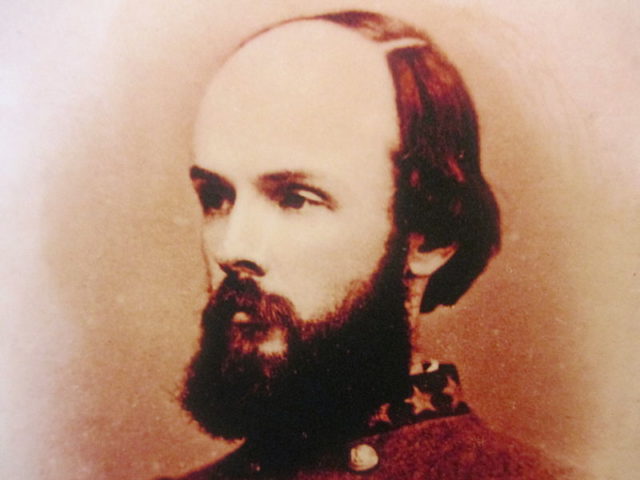
Once morning came on the 10th of April 1862, the Union requested that the fort be surrendered to them, stating that no more lives needed to be lost if the Confederates play smart; but the Confederate commander of this fort, Charles H. Olmstead, did the complete opposite. And so the Union Forces began their attack upon the walls of the fort that lasted for 30 hours.
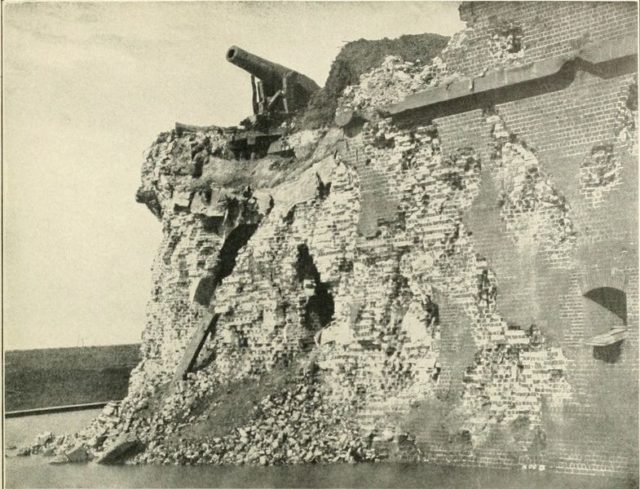
The walls didn’t stand a chance against the rifled cannon that went through them; walls that were once compared with the Rocky Mountains now allowed bombshells to enter the fort. This forced Colonel Olmstead to give up Fort Pulaski.
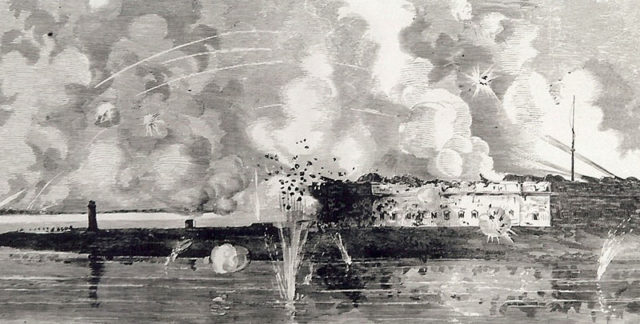
Even though heavy artillery was used, only two soldiers were hurt, one from either side. Such a massive attack destroyed and heavily damaged the walls, and there are markings that remain to this very day. What’s more, Quincy A. Gillmore earned himself a promotion and became a brigadier general.
Now that the Union had control over the fort, the war efforts of the Confederate were crippled as the Savannah River shipments ceased and the fort and Cockspur Island became the area where slaves became free people.
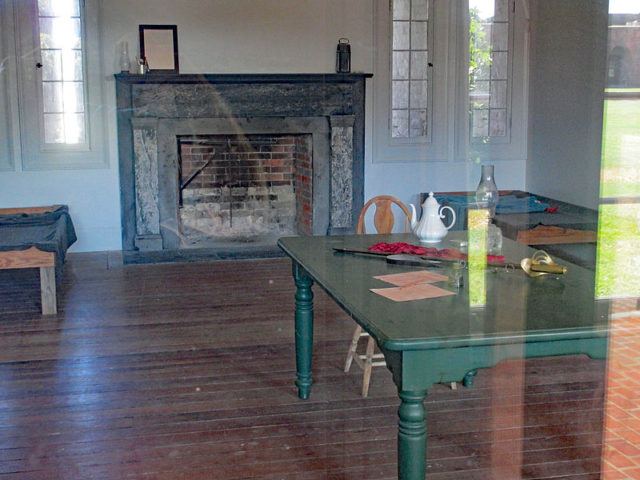
The fort has survived the test of time and still stands today, open to the public as a general attraction and museum. It is also where Robert Redford decided to film The Conspirator, starring James McAvoy and Richard Schenkman in his science fiction film, Abraham Lincoln vs. Zombies.
